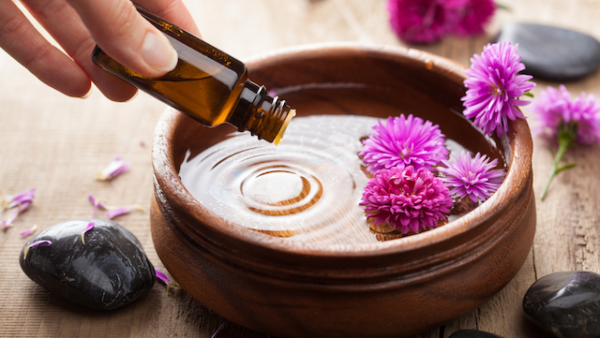The lockdown has us all looking for quick and easy ways to relax, sleep more and stay fit. A must-have tool to have on hand? A foam roller. This lightweight cylindrical tube of compressed foam is recommended by fitness experts for increasing flexibility, stamina and easing sore muscles. “Foam rolling is a self-myofascial release technique or in simple words a self-massage. Foam rollers are usually used by various exercise professions and athletes to release trigger points,” says celebrity fitness and Pilates instructor Namrata Purohit. “They can also be used as a prop during workout sessions and can increase the challenge. Especially in terms of stability and balance. It can also help to improve the range of motion and flexibility,” she says.
Here’s how foam rolling can reduce stress and tension in the body
Prop aside, it also provides relief from pain, and aids in muscle relaxation, inducing a sense of wellbeing. Nikhil Kapur, co-founder, Atmantan Wellness Centre, explains, “Primarily, a foam roller helps in releasing the tension on the affected muscles. Stress has a direct impact on quadriceps and also the upper back muscles including trapezium,” he says. And that paralysing pain in the upper back? It’s likely causing more problems. “Trapezitis or inflammation in the upper back muscles, is one of the major causes for stress-induced headaches, neck stiffness and heaviness in the back. When we work out these muscles, there is continuous stress which results in the muscles getting strained or tightened,” he says.
The key benefits of a roller is that it helps smooth out and moisturise the fascia, which is the connective tissue between the joints and muscles. Since foam rolling improves circulation throughout your body and helps oxygenate the blood, it helps to flush toxins from the body too, reducing inflammation. “Sometimes when I train people I might have them foam roll before a workout to aid in a better warm-up and release muscle tension if need be. Sometimes after a workout as it could help recover faster from strenuous activity and help decrease muscle soreness,” says Purohit. If you do it before bed, muscles that are opened up and at ease help you literally collapse into bed, helping you sleep better.
The act of rolling out those knots of tension in your muscles elevates the mood which increases the level of serotonin in the brain. This leads to a feeling of ease and joy. “When you are working out with foam roller it helps in giving focused attention on those muscle groups. This kind of mindfulness during a workout can be compared to meditation where you are present in the moment,” says Kapur. Plus, muscle relaxing increases the dopamine levels in the brain too, improving the mood-boosting qualities.
Two easy moves you can try
Focus your attention to your tight muscles and use the foam roller to give yourself a massage to those areas of tension.
- To use on your calves and thighs, start the roller under the back of your thighs or calves, then straighten your leg, keeping your heel off the floor. Press your hands into the floor and slightly raise to form a reverse plank. Shift your body forward and backwards, letting the foam roller massage your thighs or calves. Continue for 30 seconds. Switch to another leg.
- For the upper back roll, begin by lying on your back with the foam roller positioned underneath your upper back. Your knees should be bent with your feet flat on the floor and your arms can either be down by your sides or crossed in front of your chest. Brace your core and lift yourself into a shallow bridge position. Slowly start to roll up and down between your lower neck and mid-back, stopping at tight areas along the way. Repeat for 30 seconds.
The article was first published in Vogue





